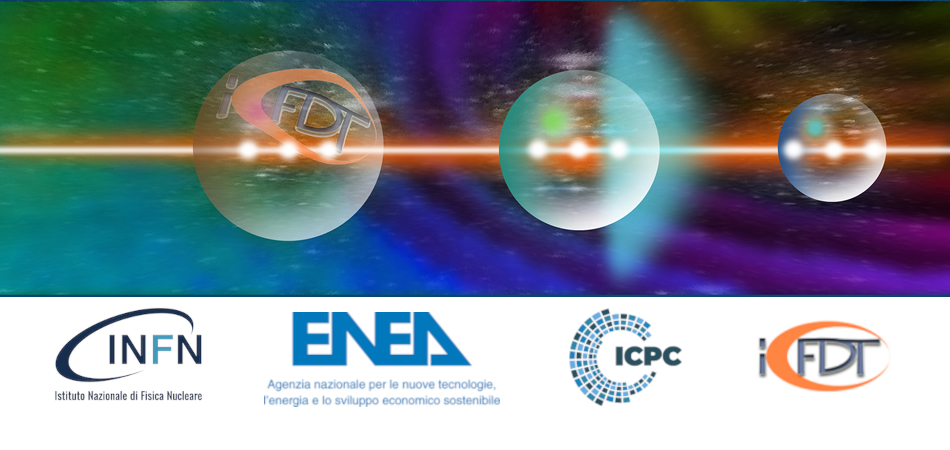Description
The well-known physical properties of Chemical Vapor Deposition (CVD) diamonds have made them highly attractive for use as detectors in harsh environments characterized by high irradiation levels, such as those found in fusion machines [1]. Notably, their good radiation hardness, visible wavelength blindness, high carriers’ mobility, and high signal-to-noise ratio make diamond a promising alternative to the employment of conventional silicon diodes for plasma diagnostics.
In recent years, the Department of Industrial Engineering of “Tor Vergata” University of Rome has conducted extensive research on the development of photodiodes based on high-purity thin diamond layers (5-50 μm of thickness) for the detection of UV and Soft X-rays. Their application within tokamaks such as FTU [2] and JET [3] has yielded outstanding results in terms of performance and reliability, paving the way for the design of more comprehensive tomographic systems based on these devices.
The study focused on two main detector layouts: the “layered layout”, which allows the detection of photons with energies ranging from 20 eV to 2-3 keV, and the “LAT layout”, which permits the detection of photons of higher energies [4]. Tomographic systems based on these devices are currently being designed for two fusion machines under construction, the Divertor Tokamak Test (DTT) in Italy [5] and SPARC in US. These systems involve ~10^2 detectors arranged along specific lines-of-sight to fully cover the poloidal cross section of the plasma. Consequently, a multichannel amplifier was specifically developed to minimize electronic noise from the environment, and tests were conducted on a first compact prototype.
References
[1] M. Angelone et al., Nucl. Instr. Meth. Phys. Res. A 943 (2019)
[2] S. Cesaroni et al., Fusion Eng. Des. 166, 112323 (2021)
[3] R. Rossi et al., Appl. Sci. 12, 3681 (2022)
[4] S. Cesaroni et al., Fusion Eng. Des. 197, 114037 (2023)
[5] F. Romanelli, Nucl. Fusion, in press (2024)

